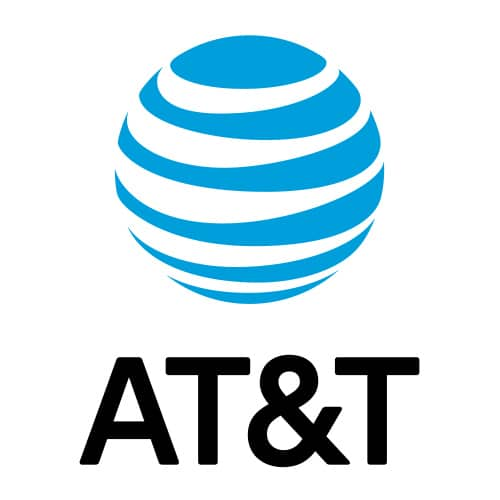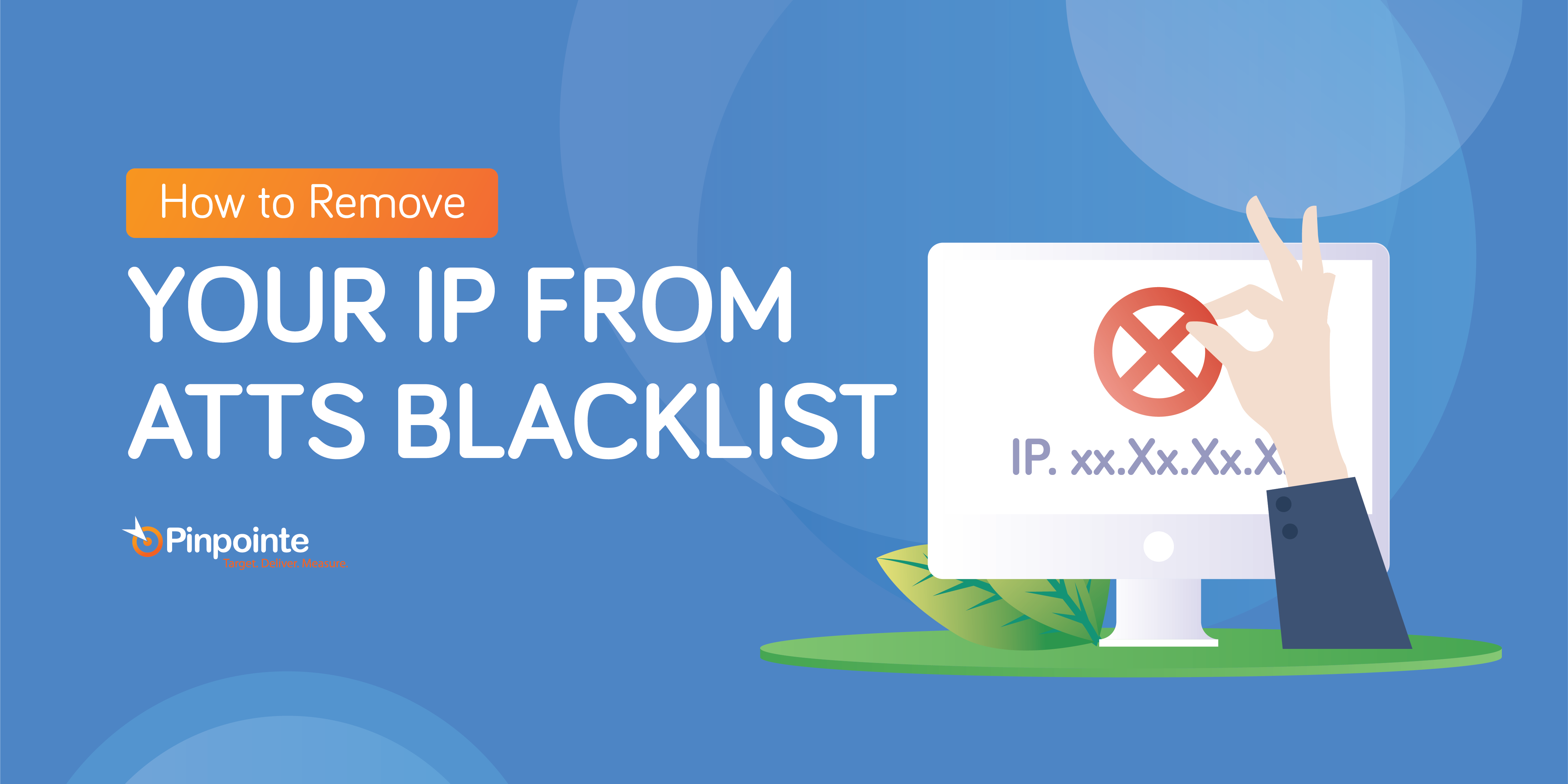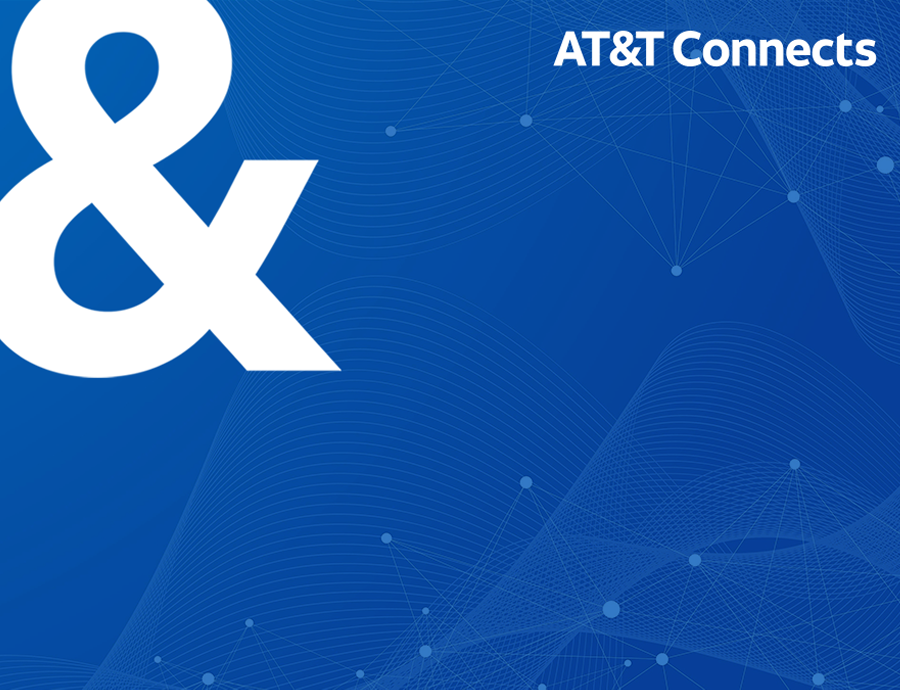Summary
When AT&T blocks your emails without providing specific details, it can be a challenging deliverability issue. Unlike some other internet service providers (ISPs), AT&T's postmaster team typically offers minimal communication regarding block reasons, making it difficult to pinpoint the exact cause of the problem. However, this lack of detail doesn't mean the issue is unsolvable; it merely shifts the burden of investigation onto the sender. Understanding common reasons for email blocks and employing robust deliverability best practices are crucial steps in resolving such incidents and preventing future recurrences. This involves a proactive approach to sender reputation management and rigorous internal troubleshooting.
Key findings
- Limited communication: AT&T's abuse and postmaster contacts, such as abuse_rbl@abuse-att.net, often provide automated replies without specific details about block reasons, creating a frustrating experience for senders seeking clarification.
- Sender responsibility: Blocks are rarely mysterious. They nearly always stem from identifiable issues on the sender's side, such as poor list hygiene, high complaint rates, or misconfigured authentication records (like SPF, DKIM, or DMARC).
- Proactive remediation: Resolving the underlying problem is essential before any block (or blacklist) can be lifted. AT&T's systems are designed to self-correct upon observing improved sending behavior, not to provide detailed debugging assistance.
- Internal investigation: Without explicit feedback from AT&T, senders must thoroughly investigate their own sending practices, logs, and email infrastructure to identify the cause of the block themselves. This might involve checking if your IP is on a public blocklist that AT&T might consult.
Key considerations
- Identify the cause: Review recent sending volume changes, bounce rates, complaint metrics, and potential spam trap hits to identify any abnormal activity that could have triggered the block. This is your primary diagnostic tool when ISPs don't offer specifics.
- Authentication standards: Ensure your SPF, DKIM, and DMARC records are correctly configured and aligned. A common reason for blocks, even without explicit notification, is misaligned or missing authentication. You can learn more in our simple guide to DMARC, SPF, and DKIM.
- Contacting AT&T: While they may not provide details, you can still submit a delisting request. The AT&T email customer support page suggests troubleshooting and reviewing settings.
- Proactive monitoring: Implement a robust email deliverability monitoring system to detect issues early, before they escalate to full blocks. This includes tracking bounces, complaints, and domain reputation.
What email marketers say
Email marketers often face a significant hurdle when AT&T blocks emails without explanation, as direct communication channels for detailed block reasons are largely non-existent. This forces marketers to rely heavily on their own internal diagnostics and best practices to identify and rectify the root causes. The consensus among marketers is that proactive sender hygiene and strict adherence to opt-in policies are paramount, as Mailbox Providers (MBPs) like AT&T expect senders to resolve their own issues before considering block removals. This approach requires continuous monitoring of email metrics and a robust understanding of deliverability fundamentals.
Key opinions
- Lack of transparency: Marketers express frustration over AT&T's automated responses, which provide no actionable insights into why emails are blocked, leaving them to guess at the problem.
- Self-service resolution: The prevailing opinion is that senders must identify and fix the underlying deliverability issues themselves before AT&T will even consider lifting a block. The responsibility is entirely on the sender.
- Double opt-in importance: Despite resistance from some large senders, marketers find that enforcing double opt-in is critical, especially when facing spam trap hits, as it provides strong evidence of consent.
- Antivirus/firewall interference: Some marketers suspect local security software (antivirus, firewall) might inadvertently block AT&T emails, suggesting temporary disabling as a troubleshooting step.
Key considerations
- Comprehensive reporting: Prepare a detailed report of potential issues and remediation steps for clients, as AT&T's lack of communication means you must diagnose the problem internally. This can be aided by running an email deliverability test.
- Client education: Be prepared to educate clients on the necessity of deliverability best practices, especially when they are skeptical of methods like double opt-in, using Mailbox Provider insights as leverage.
- Authentication for third-party sending: Ensure self-authentication is set up for accounts sending via third-party systems to make emails appear more official, which can improve deliverability to domains like AT&T.
- Alternative text messaging:If AT&T's email-to-text services are failing, consider using MMS format instead of SMS, as spammers may have abused the SMS protocol.
Marketer view
An email marketer from Email Geeks describes a client suddenly experiencing 100% email rejection by AT&T, receiving only an unhelpful automated reply regarding block removal, which suggests the block is not yet applicable for lifting.
Marketer view
A marketer from Mail-in-a-Box Forum details an abrupt IP block by AT&T after using a secondary domain, noting AT&T lifted it without explanation, leaving the user unsure of the cause.
What the experts say
Experts in email deliverability acknowledge that AT&T's policy of minimal communication on blocks is a known industry challenge. They emphasize that such Mailbox Providers (MBPs) expect senders to perform thorough internal investigations and resolve the root causes of their deliverability issues. The consensus is that blocks do not occur randomly; they are a direct consequence of sender behavior, even if the specifics are not disclosed. Experts advise focusing on fundamental deliverability principles, such as maintaining a clean sending reputation and ensuring proper email authentication, as the most effective path to resolution and prevention.
Key opinions
- Blocks are not random: Experts firmly state that email blocks, including those from AT&T, are not mysterious occurrences and always have a specific underlying cause related to sender practices.
- Pre-emptive fixes required: It is critical for senders to identify and fix the problem before expecting AT&T to lift a block; simply requesting removal without remediation is ineffective.
- Limited AT&T communication: Experts confirm that AT&T is unlikely to provide detailed explanations for blocks, operating more like larger providers such as Google, who primarily communicate only when a block is lifted.
- Proactive reputation management: The lack of specific reasons from major ISPs like AT&T necessitates a proactive approach to maintaining a pristine sending reputation rather than relying on reactive debugging. This includes comprehensive blocklist monitoring.
- Recent unusual blocks: Some experts have noted an increase in unusual AT&T blocks recently, indicating potential shifts in their filtering mechanisms. More broadly, we've seen a spike in block bounces for AT&T email domains.
Key considerations
- Internal troubleshooting focus: Given AT&T's limited communication, senders should invest heavily in internal diagnostics to pinpoint block causes, such as reviewing SMTP logs, analyzing bounce codes, and checking email content for potential spam triggers.
- Clear remediation plan: When requesting delisting, be prepared to explain precisely how the problem was fixed and what steps were taken, as this demonstrates accountability and helps your case, even if no details are requested.
- Authentication perfection: Rigorously ensure SPF, DKIM, and DMARC are perfectly configured and aligned, as subtle misconfigurations can easily trigger reputation filters, leading to blocks without explicit warnings.
- Industry trends awareness: Stay updated on deliverability discussions on forums like mailop, as complaints about specific ISPs like AT&T can indicate broader or new filtering patterns. You can also contact Mailbox Providers for issues.
Expert view
An expert from Email Geeks prompts for more details, asking the user about their expectations versus the actual response received from AT&T's support in a block scenario.
Expert view
An expert from SpamResource observes that automated ISP responses, despite their vagueness, typically link sender behavior to block status, highlighting the importance of thorough internal investigation prior to contacting the provider.
What the documentation says
Official documentation and support resources, even from AT&T itself, often provide general troubleshooting steps for email issues rather than specific insights into complex email blocks or blacklists. While these resources offer guidance on basic user-level problems like account settings or spam folder checks, they rarely delve into the technical details of IP or domain reputation blocks. External resources from deliverability experts and companies often bridge this gap, offering more practical advice on how to understand, verify, and request removal from AT&T's internal blocklists, emphasizing the role of sender behavior in these filtering decisions.
Key findings
- Basic troubleshooting: AT&T's official support focuses on common user issues, like checking spam folders, reconfiguring accounts, or adjusting local antivirus/firewall settings, rather than detailed block reasons.
- Internal blocklists: AT&T (like many ISPs) maintains its own internal blocklists to filter emails from unknown or suspicious sources, and these are often not publicly accessible like other blocklists or blacklists.
- Self-removal expectation: Documentation from deliverability sites implies that IP addresses are typically removed from AT&T's spam blacklist within a specific timeframe (e.g., 24-72 hours), provided the underlying spamming behavior ceases.
- Request for removal: Senders can apply for removal from the AT&T blacklist, suggesting a formal process exists even if detailed explanations are absent. This involves verifying the block and submitting a request, as highlighted by Pinpointe Marketing Blog.
Key considerations
- Distinguish block source: It's important to determine whether the blocking originates from AT&T's internal blocklist or from a more general issue affecting email deliverability. MailMonitor's insights can help clarify if AT&T's blocklist is the cause.
- Consistent sending: If a block is lifted, senders must ensure they are not engaging in practices that would trigger another block. Adherence to best practices is paramount for sustained deliverability.
- Understanding internal blocklists: Recognize that ISPs frequently employ private or proprietary blocklists (or blacklists) that are not publicly visible, making direct diagnosis challenging. For a deeper dive, check our guide on public vs. private blacklists.
- Impact of spamming: Understand that re-engaging in spamming behavior after a block removal will likely result in immediate re-listing and significantly impede future delisting efforts.
Technical article
AT&T Support documentation suggests basic troubleshooting steps for email issues, including re-logging into your account, checking your spam folder for missing emails, and carefully reviewing your current email settings.
Technical article
AT&T Support documentation provides instructions for users on how to block or unblock specific email addresses, detailing the process of adding an address to a blocked list or removing one from it.
Related resources
13 resources
Related pages
Why are AT&T email domains experiencing a spike in block bounces?
How to manage senders and identify the cause during an email blacklisting?
An in-depth guide to email blocklists
What happens when your ip gets blocklisted?
Why Your Emails Are Going to Spam in 2024 and How to Fix It
A simple guide to DMARC, SPF, and DKIM
How to contact Mailbox Providers for email deliverability issues?
What to do when emails are blocked by major ISPs despite passing DMARC, SPF, DKIM?
A practical guide to understanding your email domain reputation
Boost Email Deliverability Rates: Technical Solutions from Top Performing Senders












